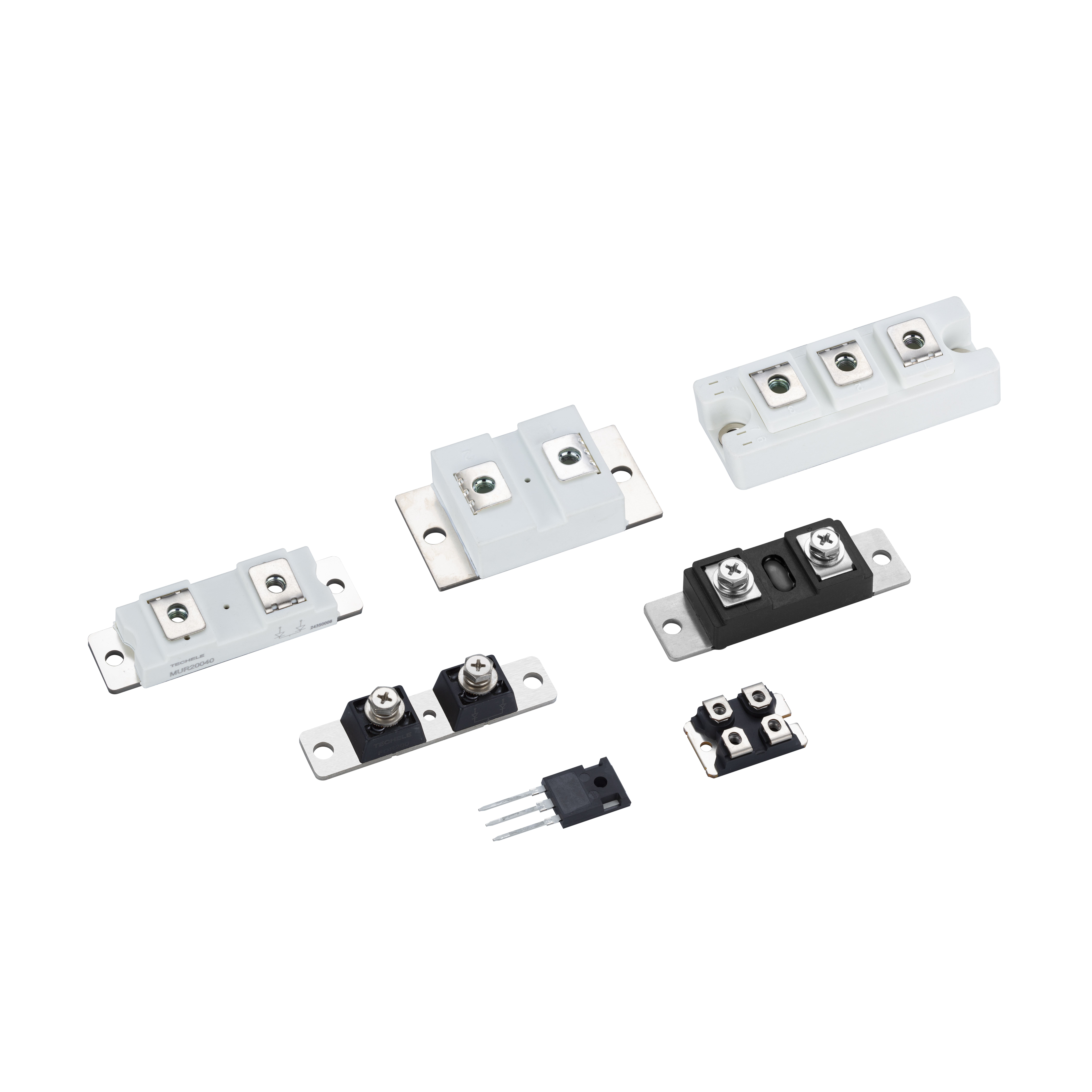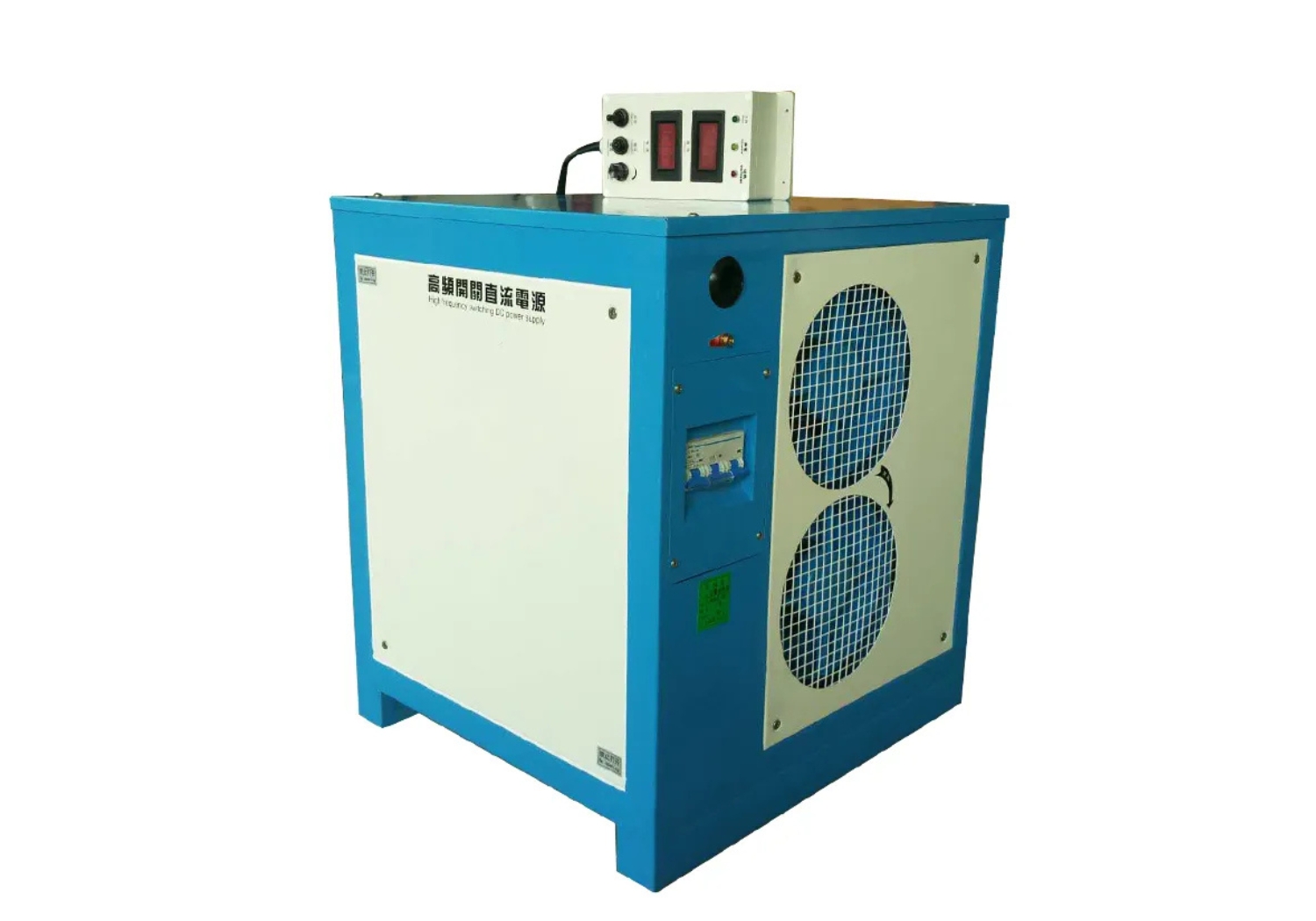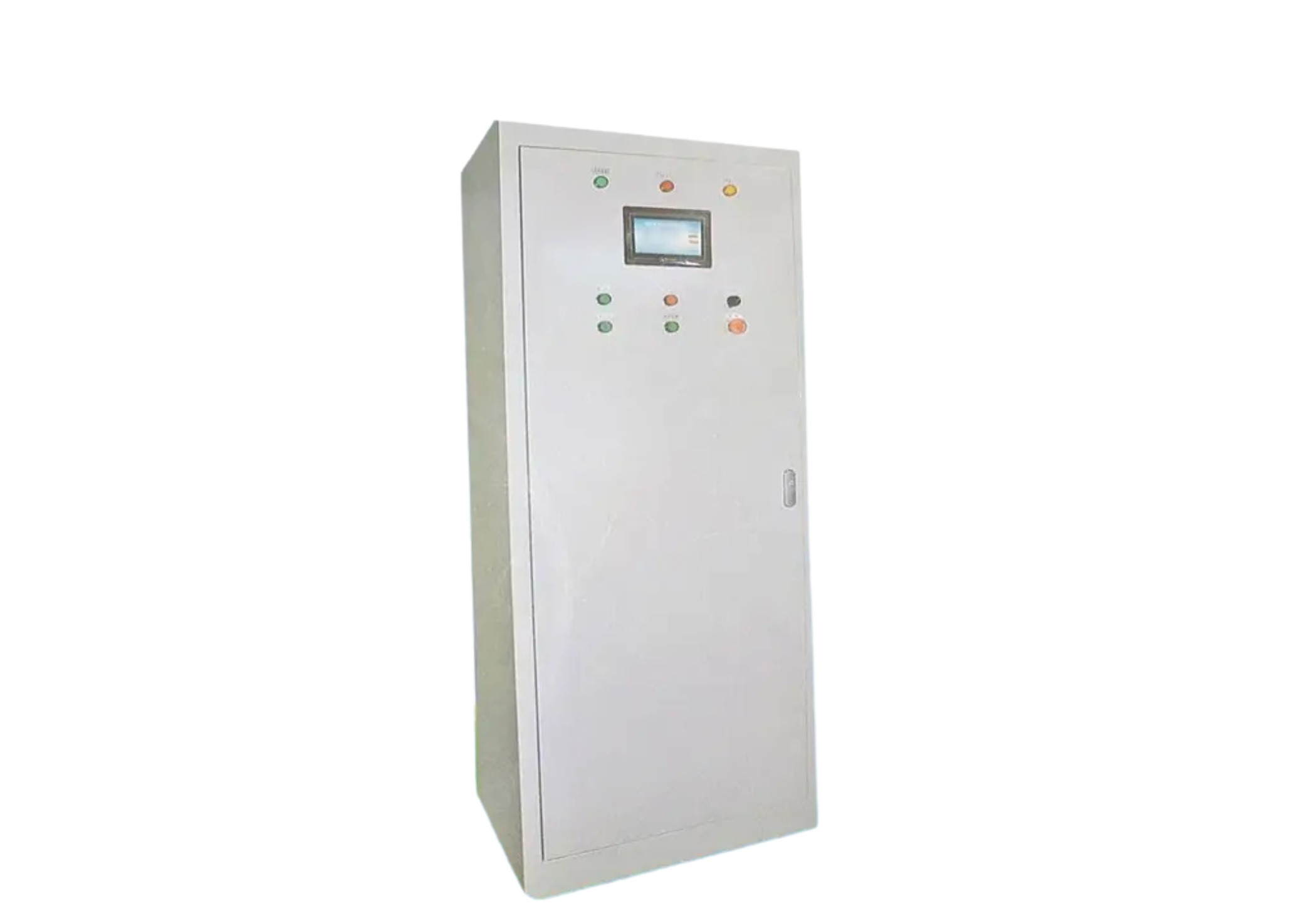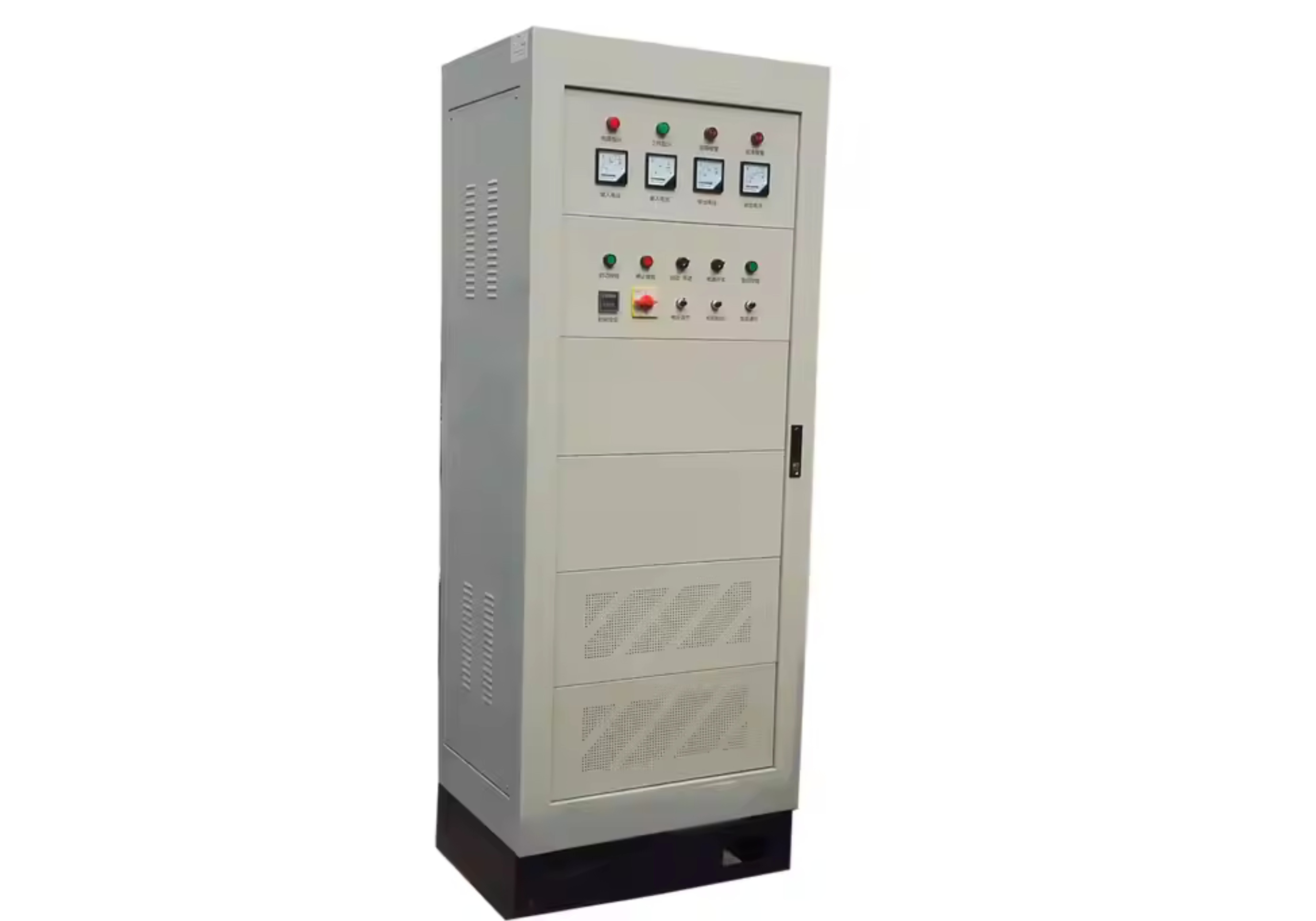Voltage and Current Balance in Thyristor Modules for Radar, Laser, and Power Factor Control
In modern industrial systems, especially in high-precision environments such as radar, laser, and power factor management applications, accurate control of both voltage and current is essential. Dual thyristor modules specifically designed for high surge current endurance and low on‑state voltage operation offer the level of control needed to maintain system integrity and performance across critical processes.
Defining Voltage and Current Ratings in Dual Thyristor Modules
Dual thyristor modules are typically rated by two key values:
Repetitive Peak Off-State Voltage (VDRM): Defines the maximum voltage the device can block in the off state without triggering.
Average On-State Current (IT(AV)): Represents the average current the device can conduct under continuous operation, often ranging from 100A to 500A in industrial modules.
In high-frequency systems like radar and laser equipment, maintaining low losses during conduction is critical. This is achieved by ensuring a low on‑state voltage, usually between 1.2V and 1.6V. Reducing the voltage drop directly lowers power dissipation and heat generation.
This efficiency is especially beneficial in power factor correction applications, where long-duration conduction is typical. The thyristor module must be able to carry continuous load current without excessive thermal buildup, making the voltage drop a key selection factor.
High Surge Current Handling in Transient Scenarios
One of the most vital features of these modules is their ability to withstand high surge current conditions. For instance, when a radar system initiates a high-energy pulse, or when a laser triggers a capacitor discharge, the resulting surge can reach several thousand amps for milliseconds.
To prevent failure, dual thyristor modules are designed with surge current capacities often 10–15× higher than their nominal current ratings. This protection is critical in both military and industrial radar systems, where equipment must remain operational under high-energy bursts.
In power factor systems, surge events may occur during capacitor bank switching or startup of large motors. Modules that can safely manage these transitions protect the integrity of the grid and reduce the risk of unplanned downtime.
Laser and Radar System Compatibility
In laser cutting and imaging systems, precise control over voltage and timing ensures optimal beam quality and safety. Dual thyristor modules provide fast and stable power switching, ensuring consistent power delivery to the laser diode or pump system.
In radar, timing is even more critical. The gate triggering mechanism of the thyristor must respond within microseconds, and voltage blocking capability must remain consistent to prevent unwanted conduction.
Low thermal resistance packages and advanced insulation systems make these modules suitable for compact enclosures often found in avionics, mobile platforms, and medical imaging devices.
Role in Power Factor Correction Systems
Power factor correction is essential for efficient energy usage in commercial and industrial settings. Dual thyristor modules allow for dynamic phase control, reducing reactive power by aligning current and voltage phases in AC systems.
Maintaining a low on‑state voltage minimizes the energy loss across the switching element. Meanwhile, the high surge current tolerance ensures stability during grid fluctuations and load changes.
Advanced modules also support isolated gate drives, over-temperature protection, and compact mounting formats for easy integration into existing power factor systems.
Conclusion
Voltage and current ratings in dual thyristor modules are not just technical parameters — they define the module's ability to perform under real-world conditions in radar, laser, and power factor applications. The combination of high surge current capacity and low on‑state voltage operation makes these modules essential for precision control, energy efficiency, and operational safety.
Whether managing energy bursts in a radar system or regulating phase in a power grid, dual thyristor modules with optimized voltage and current ratings offer unmatched reliability and control.






